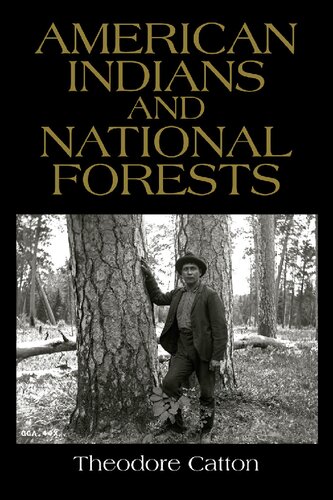

Most ebook files are in PDF format, so you can easily read them using various software such as Foxit Reader or directly on the Google Chrome browser.
Some ebook files are released by publishers in other formats such as .awz, .mobi, .epub, .fb2, etc. You may need to install specific software to read these formats on mobile/PC, such as Calibre.
Please read the tutorial at this link: https://ebookbell.com/faq
We offer FREE conversion to the popular formats you request; however, this may take some time. Therefore, right after payment, please email us, and we will try to provide the service as quickly as possible.
For some exceptional file formats or broken links (if any), please refrain from opening any disputes. Instead, email us first, and we will try to assist within a maximum of 6 hours.
EbookBell Team

0.0
0 reviewsAmerican Indians and National Forests tells the untold story of how the U.S. Forest Service and tribal nations dealt with sweeping changes in forest use, ownership, and management over the last century and a half. Indians and U.S. foresters came together over a shared conservation ethic on many cooperative endeavors; yet, they often clashed over how the nation’s forests ought to be valued and cared for on matters ranging from huckleberry picking and vision quests to road building and recreation development.
All national forest lands were once Indian lands. Tribes’ modern-day interests in their ancestral lands run the gamut, from asserting treaty rights to hunt and fish to protecting their people’s burial grounds and other sacred places to having a say in ecological restoration.
Marginalized in American society and long denied a seat at the table of public land stewardship, American Indian tribes have at last taken their rightful place and are making themselves heard. Weighing indigenous perspectives on the environment is an emerging trend in public land management in the United States and around the world. The Forest Service has been a strong partner in that movement over the past quarter century.